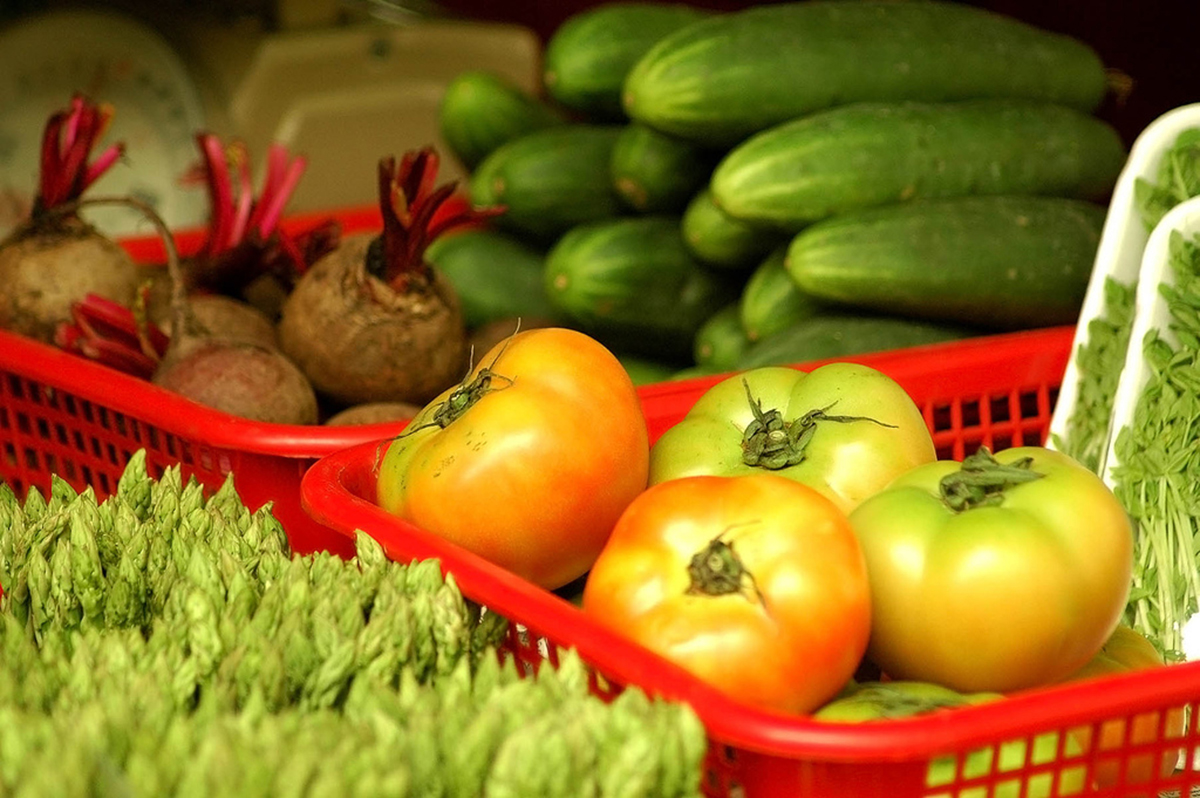Table of Contents
Five more vegetables are widely misunderstood.
6. Celery is just snacking, and maybe adding crunch and color
It isn't true that celery has no calories. A stalk of celery provides about 10 calories. With those 10 calories comes a huge range of important nutrients:
- Phenolic antioxidants, including caffeic acid, caffeolyquinic acid, cinnamic acid, coumaric acid, and ferulic acid.
- Flavone antioxidants including apigenin and luteolin.
- Flavonol antioxidants including kaempferol and quercetin.
- The dihydrostilbenoid antioxidant lunularin.
- Phytosterols including beta-sitosterol.
- Manganese, molybdenum, potassium, copper, calcium, B vitamins, and vitamin C.
In ancient Unani (Muslim) medicine, celery was used for fighting inflammation, especially inflammation caused by PMS.

7. Garlic is only useful for fighting colds (and maybe vampires).
Garlic is an age-old remedy for preventing colds. If you eat enough garlic, even people who have colds will smell your breath and leave you alone so you don't catch the virus. You don't have to get garlic breath, however, to benefit from the healthy properties of garlic. (You don't have to have garlic breath if you simply brush your teeth and rinse your mouth after eating garlic. The odor doesn't escape from your pores, although it can appear in intestinal gas.)
There are over 2,000 studies of the healing properties of garlic. Garlic is antiviral, but it also lowers blood pressure and high cholesterol, gently, without drastic side effects. Garlic has cancer-fighting properties, and it generally anti-inflammatory. What's the catch? The benefits of garlic come either from chewed garlic (you can't just wolf it down) or garlic extract supplements.
8. Onions are only useful for flavoring.
Onions are a great source of biotin, an often-overlooked B vitamin important for skin health and helpful in regulating blood sugar levels. They are also a source of the same quercetin for fighting allergies. Like another popular food that contains quercetin, apples, onions are helpful throughout allergy season. You could almost say an onion a day keeps the hay fever away.
Onions don't have to be eaten raw to enjoy their full allergy-fighting and antioxidant benefits. The quercetin stands up to cooking. The thing to remember about onions, however, is that their antioxidants are concentrated in their outer layers, which they serve to protect the plant against extremes of weather and insect attacks.
READ How To Sneak Veggies Into Your Diet
9. Parsley is just a garnish.
Parsley is pretty. It also freshens your breath, and adds a fresh flavor to cooked food. Parsley is something that is more potent if it is eaten raw or at least not cooked quickly in an open container. A lot of the important plant chemicals in parsley, especially alpha-thugene, eugenol, limonene, and myristicin, are found in its volatile oils, which can evaporate away if the vegetable is added to a boiling pot of stock or chopped and sprinkled over an uncovered dish of food put into the oven. These plant chemicals activate glutathione-S-transferase, which helps the body's most abundant antioxidant, glutathione, attach to the cells that need it.
10. Iceberg lettuce has no nutritional value.
Most of us think of "green" as the signal of nutritional value in vegetables. In Iceberg lettuce, however, it's the paler, "butt" end of the lettuce that contains the bitter compounds that help regulate digestion. These slightly bitter-tasting compounds, 11ß,13-dihydrolactucin-8-O-sulfate (jaquinelin-8-O-sulfate), cichorioside B and 8-deacetylmatricarin-8-O-sulfate activate the vagus nerve to signal the stomach to produce just a little more acid to more fully digest food. This breaks down compounds that could cause allergies and leaky gut. Besides, if Iceberg lettuce is all you can get your family to eat, it's a start toward a healthy diet.
- Lukschal A, Wallmann J, Bublin M, Hofstetter G, Mothes-Luksch N, Breiteneder H, Pali-Schöll I, Jensen-Jarolim E. Mimotopes for Api g 5, a Relevant Cross-reactive Allergen, in the Celery-Mugwort-Birch-Spice Syndrome. Allergy Asthma Immunol Res. 2016 Mar. 8(2):124-31. doi: 10.4168/aair.2016.8.2.124. Epub 2015 Oct 16. PMID: 26739405.
- Sultana A, Lamatunoor S, Begum M, Qhuddsia QN. Management of Usr-i-Tamth (Menstrual Pain) in Unani (Greco-Islamic) Medicine. J Evid Based Complementary Altern Med. 2015 Dec 30. pii: 2156587215623637. [Epub ahead of print] PMID: 26721552.
- Photo courtesy of taedc: www.flickr.com/photos/taedc/10689767154/
- Photo courtesy of dannyboyster: www.flickr.com/photos/dannyboyster/52743337/
- Photo courtesy of dannyboyster: www.flickr.com/photos/dannyboyster/52743337/


Your thoughts on this